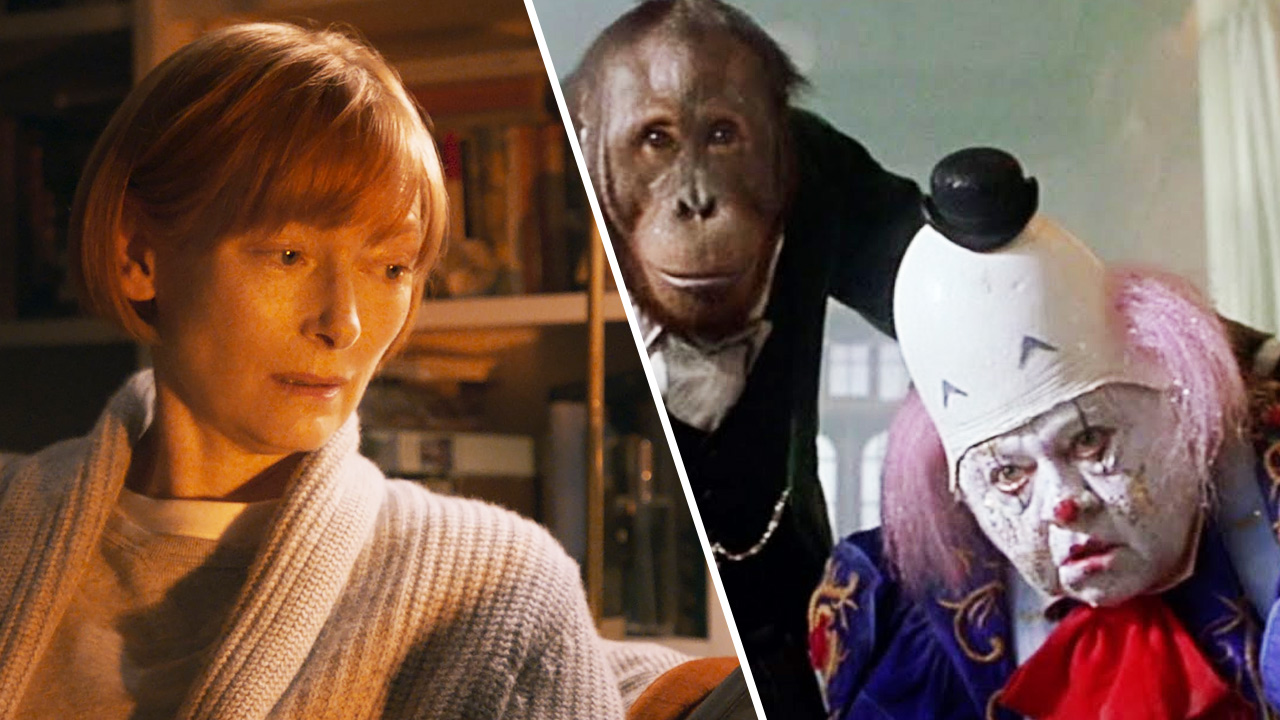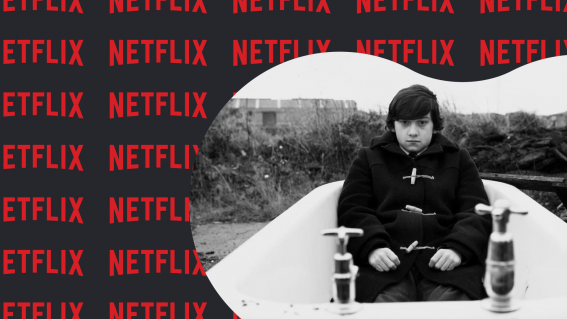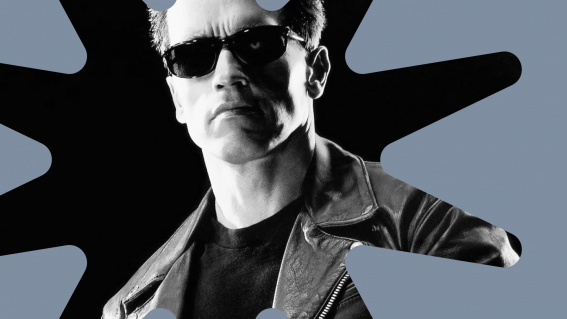Seen That? Watch This: Three Thousand Years of Longing and the George Miller masterpiece nobody talks about

Seen That? Watch This is a weekly column from critic Luke Buckmaster, taking a new release and matching it to comparable works. This week, it’s Three Thousand Years of Longing and the George Miller masterpiece that doesn’t get enough love.
You’ve probably seen several films featuring genies, but you’ve never seen one with a genie who talks as much as Idris Elba in Three Thousand Years of Longing. And that’s saying something, because Robin Williams voiced the genie in Aladdin. In the career of director George Miller, this film feels like the calm before and after the storm: a modest project in between the carnage of Mad Max: Fury Road and the upcoming Furiosa.
It’s charming in a quaint way, revolving around two characters who don’t get out much. Alithea (Tilda Swinton) because she’s a narratologist, and The Djinn (Elba) because he’s been trapped in a ceramic bottle for thousands of years. These years, yes, have been filled with longing: mostly, longing to not spend thousands more in the same place.
Alithea picks up his tiny ceramic enclosure from a trinket shop in Turkey. When he emerges, she’s pleased she can speak with him in “the Greek of Homer”—marking the first time in human history a literary scholar has ever had a useful skill. And talk they do. Talkedly talk talk talk. The majority of the film is one big conversation, spliced up with lengthy flashback sequences detailing the genie’s sad past across three millennia. He was once a lover of the Queen of Sheba (Aamito Lagum), you see, but became trapped in his single room, bottle-shaped studio apartment after being hoodwinked by a magician.
Since then all he’s wanted is to be released, his freedom activated merely by a person making three wishes. Easier said than done, as The Djinn reveals a wonder-filled backstory spanning various kings and queens, dynasties and ages. The tone of Three Thousand Years of Longing is akin to an elderly person rambling about their past and filling their stories with embellishments; it’s very “I had an onion on my belt, which was the style at the time.” Watching it feels like being cornered by a much older person at a party, who becomes more interesting as the night rolls on and the drinks go down.
An amiable experience, in other words, but a minor work for Miller, who is best-known for making movies about freaky petrolheads raging war over a tank of juice. Which begs the question: what’s the veteran director’s greatest film that isn’t a Mad Max car crash? For me the answer is easy: Babe: Pig in the City. A tougher question is whether this criminally under-appreciated sequel to the more famous and financially successful Babe is Miller’s greatest film, period.

I’m not alone in recognising the excellence of this extraordinary production. Upon its release Robert Ebert gave it a perfect rating; Gene Siskel described it as “the best movie of the year”; and The Chicago Reader’s critic wrote: “Sorry Mad Max fans, but it’s George Miller’s masterpiece.” The bonkers logic behind it—which Miller himself told me during a phone interview in 2015—is that Babe was a film you took your kids to, but for Pig in the City you left them at home.
Informed by the language of nightmares, it’s a dark vision, based in an unforgettable setting located everywhere and nowhere: a composite metropolis where international landmarks are spread out across neighbourhoods divided by Venice-like canals. In one shot, which has been my Twitter background for a long time, Babe looks out and observes locations including the Hollywood Hills, the Statue of Liberty, the Eiffel Tower and Sydney Opera House.
In one of the canals, the titular even-toed ungulate (voiced by E. G. Daily) saves a dog from drowning during a sequence (embedded below) that I show anybody who projects any doubt about the film’s merits. This intensely moving scene piques everybody’s interest, playing like David Lynch got his hands on a children’s picture book.
I will now digress, like to the djinn, to tell a story from my past. In 2015 I also interviewed Pig in the City‘s production designer, the Oscar-winning Colin Gibson, during a one hour deep dive of his work for a live audience at the Australian Film Television and Radio School in Sydney. At the the time I was unaware that the school was built on the ashes of the Pig in the City set. While we had a pint at the local pub afterwards, Gibson told me that our interview took place roughly where the above scene was shot. He joked: “if I put a noose around you, you could have been that dog.” My mind was so blown I had trouble sleeping that night.
Pig in the City builds a sensational ambience that feels sort of real and sort of not—but is also emotionally authentic in the most moving of ways. In a very small performance, comedy legend Mickey Rooney reinvigorates the sad clown cliché, with his bewitching melancholic pantomime. Flealick the wheelchair-using Jack Russell takes us to heaven and back, from the city’s darkened alleys to dandelion-filled fields in the great beyond. Thelonius the orangutan, always impeccably dressed, has this amazing look on his face that cries: “what has the world become?” And let’s not forget the Blanche DuBois-esque pink poodle, strongly implied to be a former sex worker.
The aforementioned logic behind the film (to keep the kids at home) was cyanide for the box office. It flopped hard, effectively ending the franchise (for which a third installment was planned). In years to come it’s highly likely, if not inevitable, that the first Babe will be remade at some point. But nobody will ever dare to remake its sequel.
The trailer for Three Thousand Years of Longing makes a big deal about how it emerges “from the mad genius of George Miller.” Babe: Pig in the City is the film that truly showcases this madness, in all its oinky, batshit crazy glory.



















